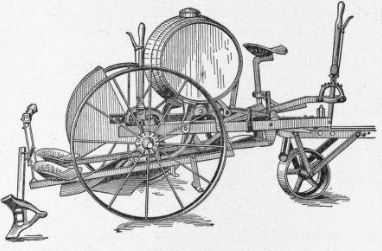208. Watering Transplants
Description
This section is from the book "Vegetable Gardening", by Ralph L. Watts. Also available from Amazon: Vegetable Gardening.
208. Watering Transplants
As previously indicated, it is often an advantage to water ground before transplanting. This is not possible on most farms, so that good judgment and great care must be exercised to conserve the proper amount of moisture by tillage operations. When plants are set during a protracted drouth it is sometimes necessary to use water in the holes. This is a tedious and expensive operation when large areas are to be planted, and with good management it is seldom necessary. There are occasions, however, when it must be done to avoid delay in planting. Half a pint of water poured into each hole after a little soil is drawn to the roots is sufficient. The hole is then filled with soil as moist as can be found. Watering after planting is also occasionally necessary. When this is done a small quantity of fine soil should be drawn about the plant immediately after watering to conserve the moisture.
209. Shading Transplants
Shading is often practiced in small areas after setting plants. It is not as essential, however, as is generally supposed. Various articles are used, as paper bags, shingles, small boxes, berry boxes and boards supported by blocks of wood.

Fig. 39. field transplanter.
Continue to:
Tags
plants, crops, gardening, cultivated, harvesting, food ,greenhouses, fertiliser, vegitables
